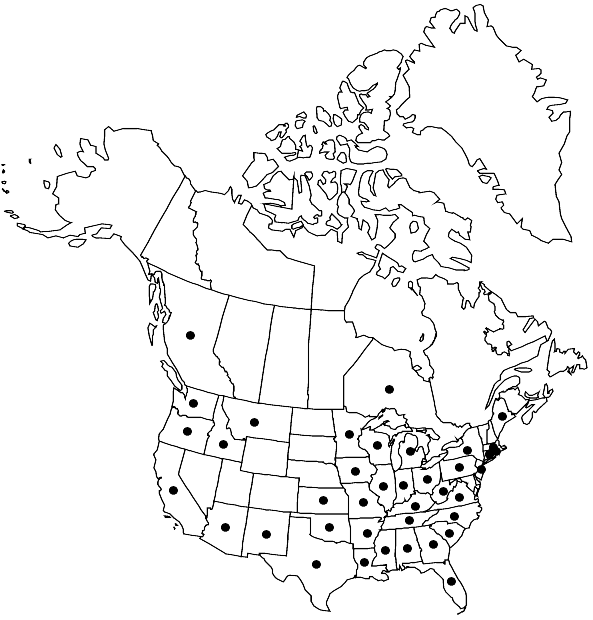Difference between revisions of "Fissidens fontanus"
Nomencl. Bot. 2: 166. 1824,.
FNA>Volume Importer |
imported>Volume Importer |
||
| (5 intermediate revisions by 2 users not shown) | |||
| Line 6: | Line 6: | ||
|place=2: 166. 1824, | |place=2: 166. 1824, | ||
}} | }} | ||
| − | |basionyms={{Treatment/ID/ | + | |basionyms={{Treatment/ID/Basionym |
|name=Skitophyllum fontanum | |name=Skitophyllum fontanum | ||
|authority=Bachelot de la Pylaie | |authority=Bachelot de la Pylaie | ||
| + | |rank=species | ||
| + | |publication_title=J. Bot. Agric. | ||
| + | |publication_place=4: 158, plate 34, fig. 2. 1815 | ||
}} | }} | ||
|synonyms={{Treatment/ID/Synonym | |synonyms={{Treatment/ID/Synonym | ||
|name=Octodiceras julianum var. ohioense | |name=Octodiceras julianum var. ohioense | ||
|authority=Emig | |authority=Emig | ||
| + | |rank=variety | ||
}} {{Treatment/ID/Synonym | }} {{Treatment/ID/Synonym | ||
|name=Fissidens debilis | |name=Fissidens debilis | ||
|authority=(Savi) Schimper | |authority=(Savi) Schimper | ||
| + | |rank=species | ||
}} {{Treatment/ID/Synonym | }} {{Treatment/ID/Synonym | ||
|name=Fissidens julianus | |name=Fissidens julianus | ||
| − | |authority= | + | |authority= |
| + | |rank=species | ||
}} | }} | ||
|hierarchy=Fissidentaceae;Fissidens;Fissidens fontanus | |hierarchy=Fissidentaceae;Fissidens;Fissidens fontanus | ||
| Line 42: | Line 48: | ||
-->{{#Taxon: | -->{{#Taxon: | ||
name=Fissidens fontanus | name=Fissidens fontanus | ||
| − | |||
|authority=(Bachelot de la Pylaie) Steudel | |authority=(Bachelot de la Pylaie) Steudel | ||
|rank=species | |rank=species | ||
| Line 55: | Line 60: | ||
|publication year= | |publication year= | ||
|special status= | |special status= | ||
| − | |source xml=https:// | + | |source xml=https://bitbucket.org/aafc-mbb/fna-data-curation/src/2e0870ddd59836b60bcf96646a41e87ea5a5943a/coarse_grained_fna_xml/V27/V27_473.xml |
|genus=Fissidens | |genus=Fissidens | ||
|species=Fissidens fontanus | |species=Fissidens fontanus | ||
Latest revision as of 21:26, 5 November 2020
Plants to 120 × 6 mm. Stem usually profusely branched; axillary hyaline nodules absent; central strand absent. Leaves in numerous pairs, lanceolate to linear-lanceolate, frequently somewhat falcate, acute, to 7 × 0.6 mm; dorsal lamina narrowed proximally, usually ending before insertion; vaginant laminae 1/3–1/2 the leaf length, unequal, minor lamina usually rounded and free distally or narrowed and ending on or near costa; margin ± entire, elimbate; costa ending 15–35 cells before apex, bryoides-type; laminal cells usually 1-stratose, sometimes 2-stratose juxtacostally, quadrate to short-oblong to hexagonal, smooth, slightly bulging, ± firm-walled, 15–23 × 10–18 µm in dorsal and ventral laminae, juxtacostal cells largest. Sexual condition gonioautoicous and cladautoicous; perigonia and perichaetia on short axillary branches, 1–5 per leaf axil, sometimes on elongate, axillary branches. Sporophytes 1–5 per leaf axil, inconspicuous. Seta 0.5–0.6 mm. Capsule theca 0.5–0.6 mm, erect, radially symmetric; peristome anomalous, irregularly divided, ± incomplete, often truncate, papillose; operculum as long as seta. Calyptra mitrate, smooth. Spores 18–27 µm.
Habitat: Attached to various substrata in stagnant and flowing water, and in coastal estuaries
Distribution

B.C., Ont., Ala., Ariz., Ark., Calif., Conn., Fla., Ga., Idaho, Ill., Ind., Iowa, Kans., Ky., La., Maine, Mass., Mich., Minn., Miss., Mo., Mont., N.J., N.Mex., N.Y., N.C., Ohio, Okla., Oreg., Pa., R.I., S.C., Tenn., Tex., Va., Wash., W.Va., Wis., Mexico, West Indies, Central America, Europe, Africa.
Discussion
Fissidens fontanus and F. hallianus are aquatic species usually found in stagnant or slow moving water, but at times emergent because of fluctuating water levels (H. A. Crum and L. E. Anderson 1981; P. G. Davison and D. E. Wujek 1999). Plants of both species are usually profusely branched, delicate, and feathery in appearance with leaves often 10 times or more as long as wide. Often plants are encrusted with diatoms. Stems and leaves might also appear black due to deposition of organic matter. When dry the leaves are unusually fragile so that when being prepared for herbarium storage it is best to float plants onto sheets prior to drying.
A suite of gametophytic and sporophytic characters distinguishes Fissidens fontanus. The unequal vaginant laminae are about 1/4–1/3 the leaf length, and minor lamina is round and more or less free distally. In addition, costa ends well below the leaf apex. In fertile specimens, the clusters of 1–5 axillary, inconspicuous, dark sporophytes in each perichaetium are distinctive. The sporophytes, more prevalent than thought, are caducous and are often found in the bottom of the herbarium packets. The short seta is equal in length to that of operculum, and peristome teeth are greatly reduced, often consisting of only the truncated, undivided basal parts.
Selected References
None.